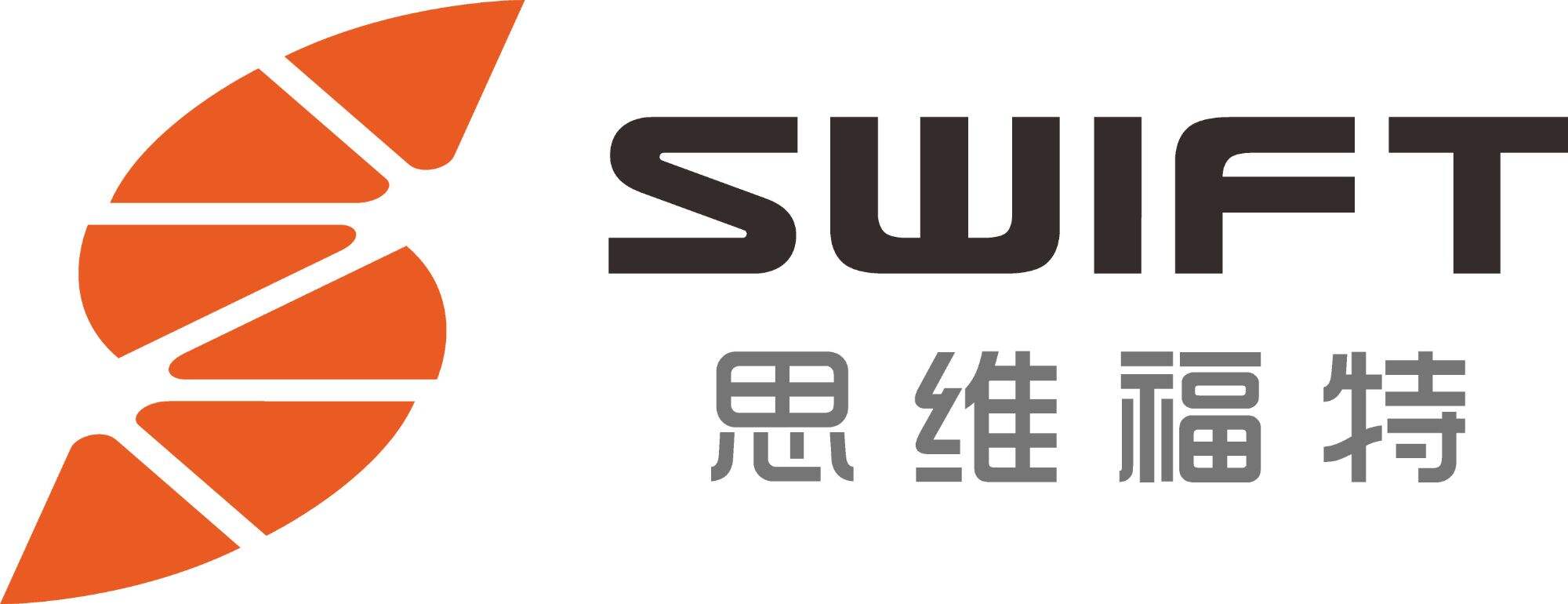Among high-speed electric spindles, there exist two main types those which are driven directly and those that are belt-driven. And these two kinds have their specifics and advantages. We are going to explore the main differences between these two spindle types, and which one is the right option for your requirements.
6 min readHere are the key differences between direct drive and belt-driven high-speed electric spindles
Direct drive spindles, like the name suggests are designed where the motor is fixed directly to the spindle and hence no belts or pulleys are used. Because the two are directly connected there is less lag time during acceleration and deceleration, for faster tool changes overall. belt driven milling spindles are similarly powered by the motor drawbar, except belts and pulleys are used to move power from the motor down to the spindle. While this can get the cost down, it may not provide quite the same speeds and accuracy as direct drive spindles.
The power of direct drive spindles versus belt driven ones
This feature is extremely important for precision and accuracy of the applications which can be achieved only with direct drive spindles as they provide higher torque at lower speed. In addition to this, direct drive spindles are proven to be more reliable and require less maintenance because it eliminates belts and pulleys. In contrast, a belt-driven spindle can wear out as a consumable part in the long run, which means that you will face fraudulent performance with rising maintenance costs.
Comparison Of Maintenance Requirements and Expenses Between
As far as maintenance is concerned, direct drive spindles wins hands down. Because these spindles have less moving parts and do not require belt driven cnc spindle to be replaced as often, they need maintenance less frequently than belt-driven spindles which results in a lower cost of ownership over the life-time of the spindle. However, belt-driven spindles may need belts replaced and adjusted more frequently, adding to a higher long-term maintenance cost.
A Comparison Of Direct Drive Vs. Belt-Driven Electric Spindles
Direct drive spindles typically operate at much lower noise levels than belt spindle there are no belts and pulleys to vibrate. This is particularly useful in settings where noise levels are required to be low. On top of that, direct drive spindles are also regarded by many as more energy efficient spinning devices due to the lack of power loss associated with belt drives. This leads to savings and is less environmentally stressful.
How to Choose Direct Drive vs Belt-Driven
If you are in the market for a high-speed electric spindle you have likely considered both direct drive and belt-driven strategies, each of which offers key benefits depending on your needs. If you require fast, accurate, and durable performance from a spindle the direct drive spindles may be for you. Alternatively, if budget is more important and you don't mind sacrificing a little performance, an alternative could be a belt-driven spindle. Which spindle is best for you will all be dependant on what you are looking to achieve and your own personal balances between these two.
Conclusively both direct drive electric spindle and belt-driven high-speed electric spindles have their own advantages and points to consider. This information along with how you are planning on using the endmill will help you to decide which spindle is better for your workflow in terms of cost versus gain.
Table of Contents
- 6 min readHere are the key differences between direct drive and belt-driven high-speed electric spindles
- The power of direct drive spindles versus belt driven ones
- Comparison Of Maintenance Requirements and Expenses Between
- A Comparison Of Direct Drive Vs. Belt-Driven Electric Spindles
- How to Choose Direct Drive vs Belt-Driven


